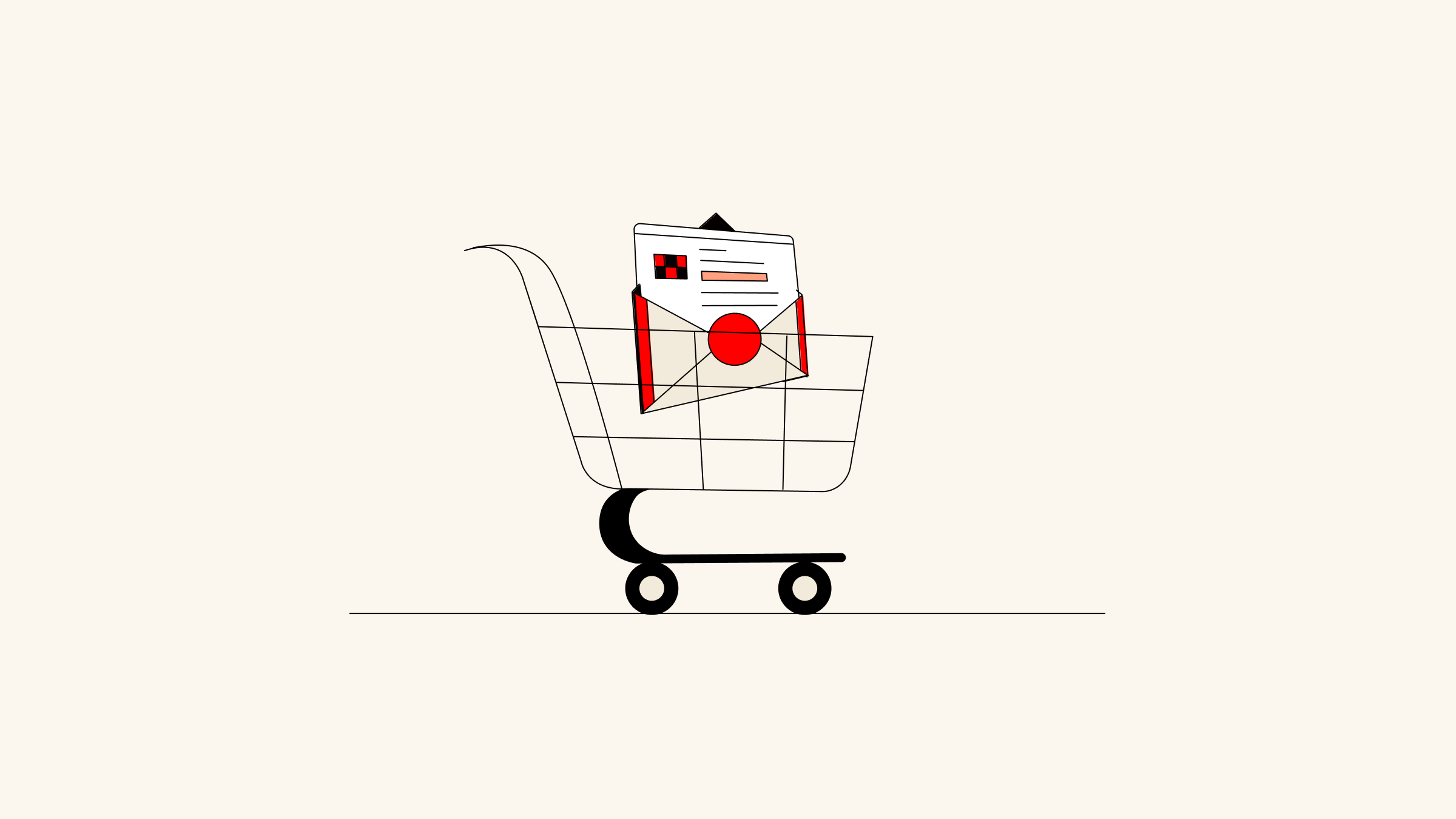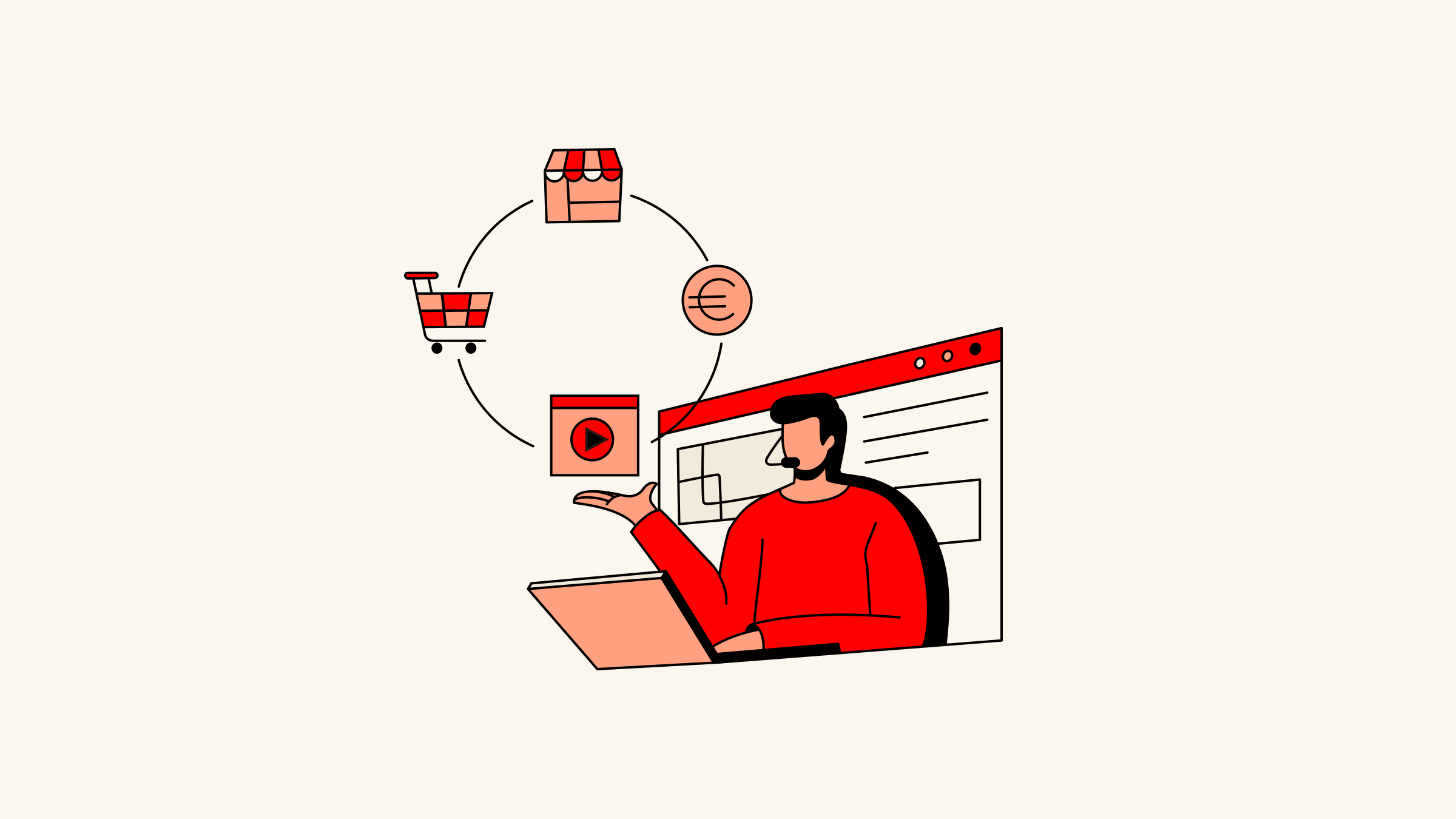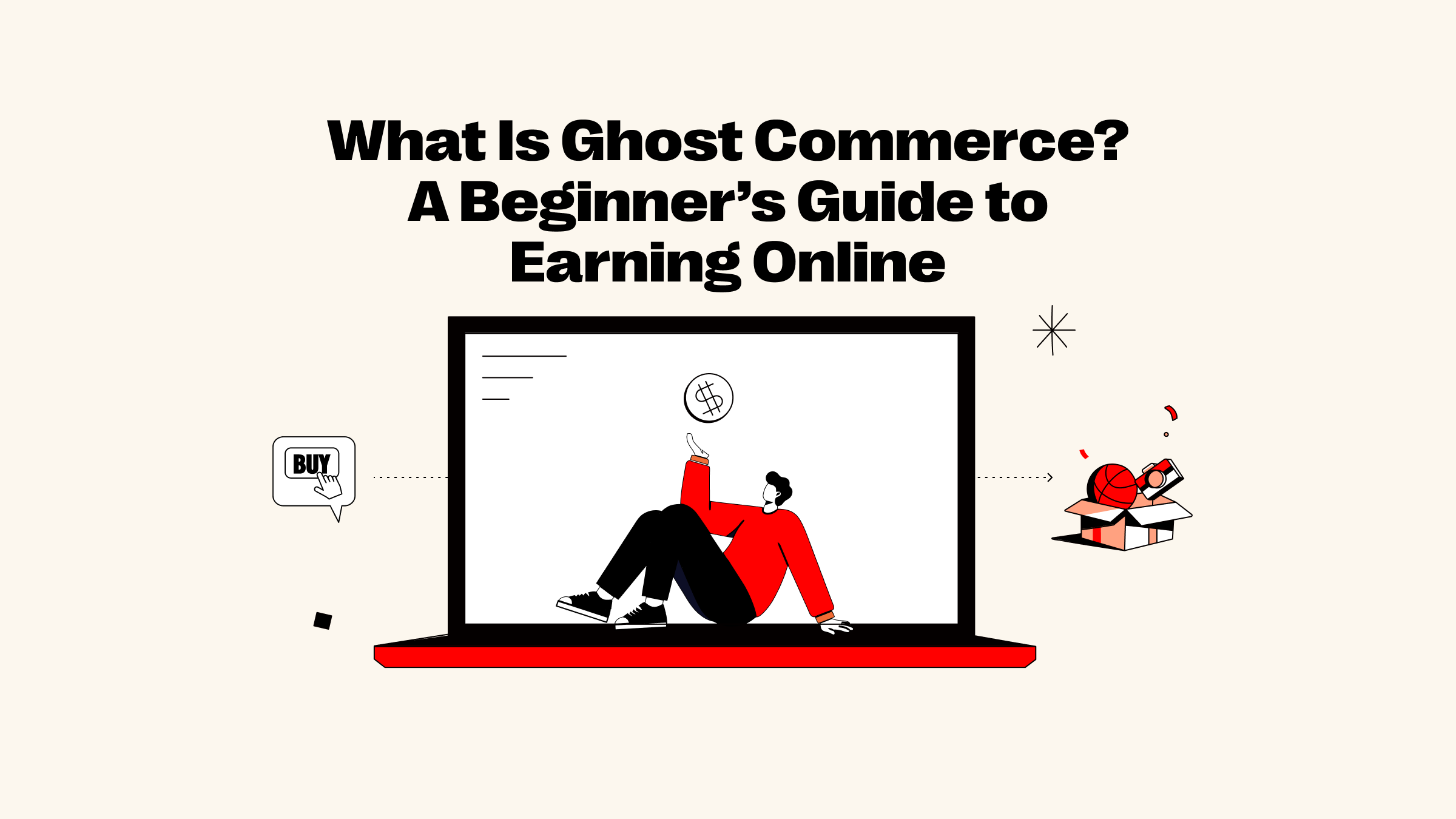Every abandoned cart is a missed opportunity—but it's also a second chance waiting to happen. As online shoppers become more distracted and options multiply, businesses need sharper tools to recover lost sales. Abandoned cart email has evolved beyond simple reminders; it now acts as personalized nudges that reignite customer interest and drive them back to the checkout page. In 2025, brands that master this strategy will gain a measurable edge in a saturated market.

What are abandoned cart emails?
Abandoned cart emails are automated follow-up messages sent to customers who add items to their online shopping cart but leave the site without completing the purchase. These emails serve as gentle reminders, offering customers a chance to return and finish the transaction they almost made. Depending on how they're crafted, abandoned cart emails can feel like a helpful push—or a perfectly timed incentive.
They’re not just transactional. When done well, they can be relational, reinforcing brand value and customer trust. You may view them as the digital equivalent of a friendly store clerk saying, “Still thinking it over? That jacket’s waiting right where you left it.”
How do abandoned cart emails work?
The process behind an abandoned cart email starts with tracking. Once a shopper logs in or enters their email address at any point during the checkout flow, their activity is captured. If they exit before purchasing, the system sets a timer. Based on predefined rules—like time delays or behavioral triggers—the email system automatically sends a personalized message.
How often and when to send abandoned cart emails?
Timing is everything in cart recovery. The time you send determines whether you’re offering a timely nudge or becoming a digital nuisance. Frequency doesn’t equate to effectiveness. Overloading a customer’s inbox doesn’t just dilute impact—it can trigger annoyance, leading to ignored messages or worse, unsubscribes.
The golden rule? You can stick to a sequence of three emails, with a maximum of five in special cases. Beyond that, the marginal return diminishes sharply, and you risk alienating your audience. The first 72 hours after cart abandonment is your prime window to reconnect and recover. Here’s the cadence that strikes the balance between helpful and overbearing:
-
First Email: Within 30 minutes to 1 hour, and you may aim for the 30-minute mark
-
Second Email: Between 24 and 48 hours
-
Third Email: Between 48 and 72 hours
If you choose to go beyond the core three, do so carefully. You can space out the fourth or fifth messages between day 6 and day 7. These emails should feel more like re-engagement efforts rather than aggressive pushes. In a word, you may highlight related products, invite them to follow your social channels, or offer exclusive loyalty perks.
Beyond the seventh day, avoid continuing the cart sequence. Results drop drastically, and you risk disrupting your broader marketing flow. A measured pace, focused on helpful timing, always beats high-volume blasts.
4 Basic components for an high-converting email
Not every abandoned cart email turns browsers into buyers, but the ones that do often follow a proven framework. Once timing is nailed, structure becomes the next essential layer. Below are the four core elements every high-converting email needs to win back lost customers:
Entice with discounts or special incentives

Many sellers reveal their hand in the very first abandoned cart email: Yep, offering coupon codes right away. But price isn’t always the deal-breaker. Some customers simply got distracted, needed more time, or decided to revisit their cart later. With a discount upfront, you risk losing full-price conversions and conditioning customers to “wait for the next deal.”
A smarter approach is to reserve discounts for the second or third email. This method helps filter out users who genuinely need a push and keeps your profit margins healthier.
According to data from Rejoiner, about 31% of abandoned cart emails include some kind of incentive. Here's the breakdown of what works:
-
81% offer a percentage discount (e.g., 10% off, 20% off)
-
12% offer fixed cash savings (e.g., $5 off, ¥50 off)
-
5% offer free shipping
-
2% offer free gifts, like samples or accessories
Now, you probably know what to give, but do you know how to give it? When it comes to implementation, discount code type matters, too. Static codes can easily be shared online, leading to misuse. Dynamic discount codes, on the other hand, are system-generated and unique to each customer. They can only be used once and are far more secure. If maintaining control and protecting your offers is a priority, dynamic codes are the better bet.
Want to learn more about tailoring incentives for specific customer segments? Here’s a case study on how Father’s Day email marketing launched by customer segment.
Highlight what’s left in the cart

It’s easy to assume that simply showing what’s in the cart is enough. But here’s the thing—just displaying the items isn’t the whole job. You need to make those items feel wanted. That’s where the scarcity effect comes into play.
According to industry data, 58% of that feeling of urgency comes from low stock or items going out of circulation. Yet, shockingly, only about 10% of cart recovery emails actually mention limited inventory. That’s a missed opportunity. You may add phrases like:
-
“Only 3 left in stock”
-
“Selling out fast”
-
“Restocked today—gone tomorrow”
These messages spark that “buy now or regret later” feeling. They turn passive interest into decisive action.
To take this one step further, don’t just tell them what they’re missing—show them. Visual memory is powerful. Ever walked away from a cart and completely forgot what was inside? Happens all the time. That’s why one of the smartest things you can do in an abandoned cart email is show the customer exactly what they left behind:
-
A clear, appealing image of each item not only reminds customers of what they liked, but also rekindles their initial desire. When shoppers see what they’re about to miss out on, the urge to complete the purchase grows stronger.
Build trust with social proof

Even the best products won’t sell if the buyer hesitates at the last minute. That’s where social proof steps in. When someone’s on the fence, seeing what others say—real, relatable feedback—can gently nudge them forward.
Abandoned cart emails that include a few glowing reviews or a customer’s firsthand photo go far beyond bland persuasion. They humanize your brand. A simple line like:
“This phone case is stylish and durable—I’ve been using it for six months with no damage.” — Vicky from France
...adds instant credibility. Now imagine pairing that with a user-submitted photo or a snapshot from Instagram, where your product has hundreds of likes. That’s a trust multiplier.
If influencers or public figures have endorsed your product, sprinkle those in too. These subtle cues say, “You’re not the first to try it—and you won’t be disappointed.” When people see that others are already enjoying what they almost bought, uncertainty melts away.
Drive action with a clear CTA

A well-crafted abandoned cart email should never end in a dead end. It needs a push, a bold, unmistakable nudge, that tells the reader exactly what to do next. That’s where your Call to Action (CTA) comes in.
The CTA button isn’t just decoration. It’s your conversion engine. You can make it pop with a vibrant color that contrasts the email’s background, but still feels cohesive with your overall design. Then, keep the shape clean and modern, and don’t clutter it with fluff.
More importantly, your message should cut straight to the chase. No vague phrases. Use active, action-packed commands like:
-
“Buy Now”
-
“Complete Your Purchase”
-
“Return to Your Cart”
-
“Get Your Discount Now”
These phrases work because they’re short, specific, and goal-oriented. A strong CTA reduces hesitation. It creates a path of least resistance from inbox to checkout. And when seconds matter, a clear, standout CTA can be the difference between a missed sale and a closed deal.
3 Pro tips to maximize email results
Once the foundation is solid, it's time to amplify performance. Advanced strategies help fine-tune delivery, elevate personalization, and expand your outreach ecosystem. Let’s explore how to take your abandoned cart emails to the next level.
Apply abandoned cart email automation
Manually chasing every lost cart? Not realistic. That’s where automation steps in and takes the wheel efficiently, accurately, and at scale.

Tools like Omnisend let you automate your abandoned cart email flow from start to finish. The system tracks which items a customer left behind and sends a well-timed reminder without you lifting a finger.
If you’re running your store on Shoplazza, you can easily integrate Omnisend and set up rules like:
-
How soon after abandonment the first email should go out
-
Who should (or shouldn’t) receive the message
-
Which products to exclude or include
-
When to stop the flow after a purchase is completed
And that’s not all. You can also control send frequency, so one customer doesn’t get spammed with reminders, protecting your brand while boosting conversions.
In short, email automation doesn’t just save time. It gives you the power to send smart, timely nudges that recover revenue while keeping your customer experience intact.
Improve email performance with A/B testing
There’s no such thing as a perfect email, only better-performing ones. That’s why A/B testing is your best friend when it comes to fine-tuning abandoned cart campaigns.
With tools like Omnisend, you can easily compare different versions of your emails and see how small changes impact open rates, click-throughs, checkout visits, and final conversions. It’s especially effective for testing abandoned cart email subject lines, which play a huge role in whether your email gets opened at all.

You can test just about everything: the subject line, body copy, CTA button text, discount value, even the time the email is sent. But you should change only one thing at a time. That’s the only way to clearly see what’s actually driving results.
One of the best places to start? Your abandoned cart email subject lines—because if people aren’t opening the email, the rest doesn’t matter.
Here’s a sample test A–scarcity angle:
Subject Line: “Picks in Your Cart Are Selling Fast!”
CTA: “Grab It Before It’s Gone”
Message leans into urgency and fear of missing out.

Here’s a sample test B-discount incentive:
Subject Line: “Exclusive 10% Off Code Expires Soon”
CTA: “Redeem My 10% Now”
Same email layout, but adds a limited-time 10% discount to nudge action.

Support with SMS or push notifications
Email alone doesn’t always cut it. Some shoppers never open their inbox, at least not in time, so you may back up your abandoned cart email strategy with SMS or push notifications.
Text messages, push alerts, or even WhatsApp reminders (especially effective in regions like Southeast Asia, Latin America, or the Middle East) often get seen much faster than email. These channels are perfect for sending quick nudges or limited-time offers.
With tools like Omnisend, you can easily set up automated flows that send an email first, then follow up with a text, raising the chances your message gets noticed without overwhelming the customer.

If you’re running your online store on Shoplazza, you can also integrate Attentive, a powerful SMS marketing tool that syncs automatically with your product catalog and customer activity. Here’s what it offers:
-
SMS opt-in right on the checkout page to grow your subscriber list
-
Real-time product data (like stock and pricing) to personalize messages
-
Seamless email + SMS workflows for a complete multichannel strategy

Whether it’s a quick reminder or a subtle social nudge, combining email with SMS or push notifications helps you cover more ground—and win back more sales.
Recover sales to your online store
Abandoned cart emails are more than recovery tools; they’re trust-builders, revenue boosters, and brand storytellers. In 2025, success lies in personalization, timing, and value. Now, combine emotional resonance with technical precision, and customers won’t just return to their carts, and they’ll complete the journey.
FAQ
What is the best abandoned cart email timing?
The first email should go out within 30–60 minutes after cart abandonment. This hits while interest is still high. Follow-up messages work best at 24 to 48 hours, then a final reminder at 48–72 hours if needed.
How many abandoned cart emails should I send?
Three emails are ideal for most brands, one shortly after abandonment within 30-60 minutes, another within 24-48 hours, and a final reminder after 48–72 hours. If needed, five is the absolute maximum (send in day 6-7). Beyond that, it risks annoying customers and hurting your brand image.
What should I include in abandoned cart recovery email?
It may include product images, item names, total price, a clear CTA, and optional incentives like discounts. You can also add urgency cues (e.g. low stock) and customer reviews to rebuild interest and motivate the shopper to return and purchase.
Do abandoned cart emails work?
Yes. They can recover up to 10–20% of lost sales when done right. With compelling content, smart timing, and automation, abandoned cart emails turn missed opportunities into real revenue, especially when paired with SMS or push notifications.


